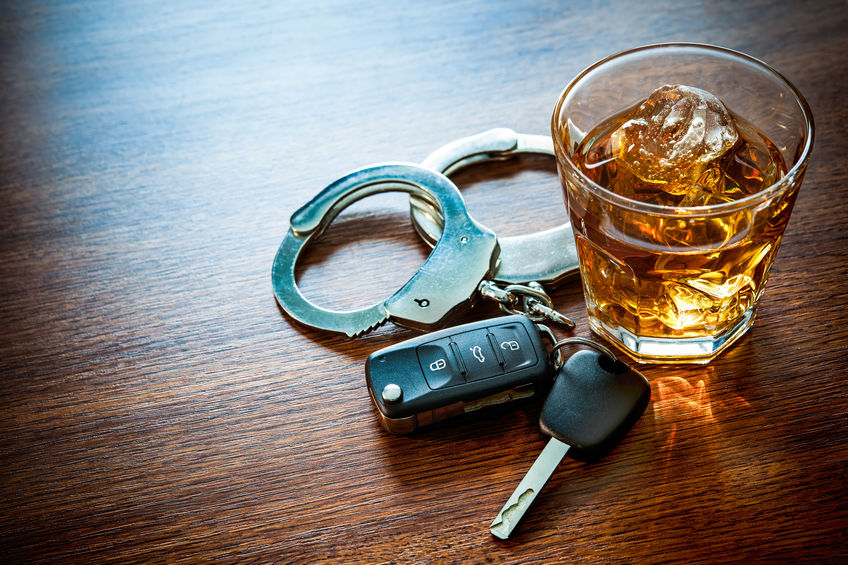DUI: Drinking and Driving

As a consumer advocate, MCIS Lawyers represents injured victims who have suffered severe injuries caused by impaired drivers, especially drivers of commercial vehicles, such as big rigs.
It is also incumbent on rideshare companies to protect passengers, including making sure passengers are buckled. In our experience, rideshare drivers make little, if any, effort to make sure passengers are seat belted. The failure to protect passengers can subject a rideshare driver to liability.
California has specific DUI laws. Generally, it is unlawful for any person who is under the influence of any alcohol or drug, or both, to drive a motor vehicle. The legal standard is whether a person can operate a motor vehicle with the caution of a sober person of ordinary prudence under the circumstances.
A Blood Alcohol Concentration (“BAC”) of 0.08% or more establishes driving under the influence with no other evidence needed to prove impairment. With a .08 level, the driver is considered impaired as a matter of law even if there is no observable impairment to mental or physical abilities.
The law further recognizes that a driver can be impaired and arrested even if the BAC is under .08%. However, with measurement less than .08, there must be other evidence of impairment to prove probable cause.
It is illegal for drivers licensed to operate commercial vehicles (trucks) to drive with a BAC of .04%. A truck driver with that level is impaired as a matter of law.
There is no rule of thumb regarding how much is too much. Alcohol affects each person differently. A person can be impaired even with a BAC level less than .08%.
There are a number of factors that determine when a BAC will reach or exceed 0.08, including how much a person weighs and the number of drinks consumed over a period of time. Many motorists are unaware that an alcohol level can continue to rise even after drinking has stopped.
Drinking enough to cause a BAC of .03–0.12% typically causes a flushed, red appearance in the face and impairment of judgment and fine muscle coordination.
A police officer must have probable cause to make an arrest for driving under the influence. Probable cause usually starts with observing an erratic driving pattern. After being pulled over, the officer will ask many questions, all designed to establish probable cause. Note that a person has the right to remain silent and not answer those questions.
Probable cause can also be established by use of a handheld breath test, called a Preliminary Alcohol Screening Test, which estimates BAC. While the tester provides numerical blood alcohol content (BAC) readings, its primary use is for screening and establishing probable cause for arrest. Note that submitting to a preliminary breath screening is also optional.
The use of a breath tester does not preclude the simultaneous use of “field sobriety tests” to help establish probable cause. The National Highway Traffic Safety Administration (“NHTSA”) developed a system for validating field sobriety tests that led to the creation of the Standardized Field Sobriety Test (“SFST”) battery of tests. The National Highway Traffic Safety Administration (“NHTSA”) established a standard battery of three roadside tests that are recommended to be administered in a standardized manner in making an arrest decision for DUI.
The three validated tests by NHTSA are:
· The Horizontal Gaze Nystagmus Test, which involves following an object with the eyes (such as a pen or other stimulus) to determine characteristic eye movement reaction to the stimulus
· The Walk-and-Turn Test (heel-to-toe in a straight line). This test is designed to measure a person’s ability to follow directions and remember a series of steps while dividing attention between physical and mental tasks.
· The One-Leg-Stand Test
(Note, again, submission to these field tests is optional.)
After an arrest, a person is required to submit to a chemical test of blood or breath to determine alcohol content. If the test is refused, the person can lose his or her license for one year on a first offense or longer, if it’s a multiple offense.
For drivers suspected of drug-impaired driving, probable cause for a DUI can be established with the field sobriety tests.
Drug testing screens are typically performed in scientific laboratories so that the results will be admissible in evidence at trial. Due to the overwhelming number of impairing substances that are not alcohol, drugs are classified into different categories for detection purposes.
According to the National Highway Traffic Safety Administration, alcohol-related crashes cause approximately $37 billion in damages annually. DUI and alcohol-related crashes produce an estimated $45 billion in damages every year. These damages do not include the pain and suffering caused to the victim of a drunk driver and the driver’s family.
If you or a loved one have been the victim of a drunk driver, we are here to help. Schedule a free consultation.
